elemintalshop
Star and Crescent 20 Qapik Azerbaijan Authentic Coin Money for Jewelry and Craft Making (Ottoman Empire) (Eight Pointed Star)
Star and Crescent 20 Qapik Azerbaijan Authentic Coin Money for Jewelry and Craft Making (Ottoman Empire) (Eight Pointed Star)
Couldn't load pickup availability
Star and Crescent 20 Qapik Azerbaijan Authentic Coin Money for Jewelry and Craft Making (Ottoman Empire)
Obverse: Star and Crescent at center
Lettering: •AZƏRBAYCAN•RESPUBLİKASI
Translation: Republic of Azerbaijan
Reverse: Denomination and date within octagonal star
Lettering: 20 qəpik
Features
Issuer Azerbaijan
Period Republic (1991-date)
Type Standard circulation coin
Years 1992-1993
Value 20 Qəpik (0.20 AZM)
Currency Second manat (1992-2006)
Composition Aluminium
Weight 1.15 g
Diameter 20.1 mm
Thickness 1.4 mm
Shape Round
Technique Milled
Orientation Medal alignment ↑↑
Demonetized 1 January 2006
Number N# 6684
References KM# 3a, Schön# 3a
Wikipedia:
The national flag of the Republic of Azerbaijan (Azerbaijani: Azərbaycan bayrağı) is a horizontal tricolour featuring three equally sized fesses of bright blue, red, and green, with a white crescent and an eight-pointed star in the center....
While the crescent and star are typically seen as markers of Islam, some historians and researchers disagree about why an eight-pointed star is used on the flag of Azerbaijan. Fatali Khan Khoyski points to the eight letters in the word "Azerbaijan" as written in Arabic. The eight points of the star are also thought to stand for the eight Turkic peoples of Azerbaijan. The problem is there are only seven Turkic peoples: Azeris, Ottomans, Jagatais, Tatars, Kipchaks, Selijuks, and Turkomans. It's possible the Kipchaks actually reflect two peoples, the Kazakhs and Kyrgyz, which would make eight. The classification of Turkic peoples pre-Soviet era was different from what it is today.
*******
Wikipedia:
The star and crescent is an iconographic symbol used in various historical contexts, including as a prominent symbol of the Ottoman Empire, with numerous modern countries still using it as a national symbol. It was developed in the Greek colony of Byzantium ca. 300 BCE, though it became more widely used as the royal emblem of Pontic king Mithradates VI Eupator after he incorporated Byzantium into his kingdom for a short period. During the 5th century, it was present in coins minted by the Persian Sassanian Empire; the symbol was represented in the coins minted across the empire throughout the Middle East for more than 400 years from the 3rd century until the fall of the Sassanians after the Muslim conquest of Persia in the 7th century. The conquering Muslim rulers kept the symbol in their coinage during the early years of the caliphate, as the coins were exact replicas of the Sassanian coins.
The symbol is the conjoined representation of a crescent and a star. Both elements have a long prior history in the iconography of the Ancient Near East as representing either the Sun and Moon or the Moon and Morning Star (or their divine personifications). Coins with crescent and star symbols represented separately have a longer history, with possible ties to older Mesopotamian iconography. The star, or Sun, is often shown within the arc of the crescent (also called star in crescent, or star within crescent, for disambiguation of depictions of a star and a crescent side by side). In numismatics in particular, the term crescent and pellet is used in cases where the star is simplified to a single dot.
The combination is found comparatively rarely in late medieval and early modern heraldry. It rose to prominence with its adoption as the flag and national symbol of the Ottoman Empire and some of its administrative divisions (eyalets and vilayets) and later in the 19th-century Westernizing tanzimat (reforms). The Ottoman flag of 1844, with a white ay-yıldız (Turkish for "crescent-star") on a red background, continues to be in use as the flag of the Republic of Turkey, with minor modifications. Other states formerly part of the Ottoman Empire also used the symbol, including Libya (1951–1969 and after 2011), Tunisia (1831) and Algeria (1958). The same symbol was used in other national flags introduced during the 20th century, including the flags of Azerbaijan (1918), Pakistan (1947), Malaysia (1948), Singapore (1959), Mauritania (1959), Uzbekistan (1991), Turkmenistan (1991) and Comoros (2001). In the later 20th century, the star and crescent have acquired a popular interpretation as a "symbol of Islam", occasionally embraced by Arab nationalism or Islamism in the 1970s to 1980s but often rejected as erroneous or unfounded by Muslim commentators in more recent times. Unlike the cross, which is a symbol of Jesus' crucifixion in Christianity, there is no solid link that connects the star and crescent symbol with the concept of Islam. The connotation is widely believed to have come from the flag of Ottoman Empire, which was one of the largest empires of the early modern period. Unicode introduced a "star and crescent" character in its Miscellaneous Symbols block, at U+262A (☪).
Share
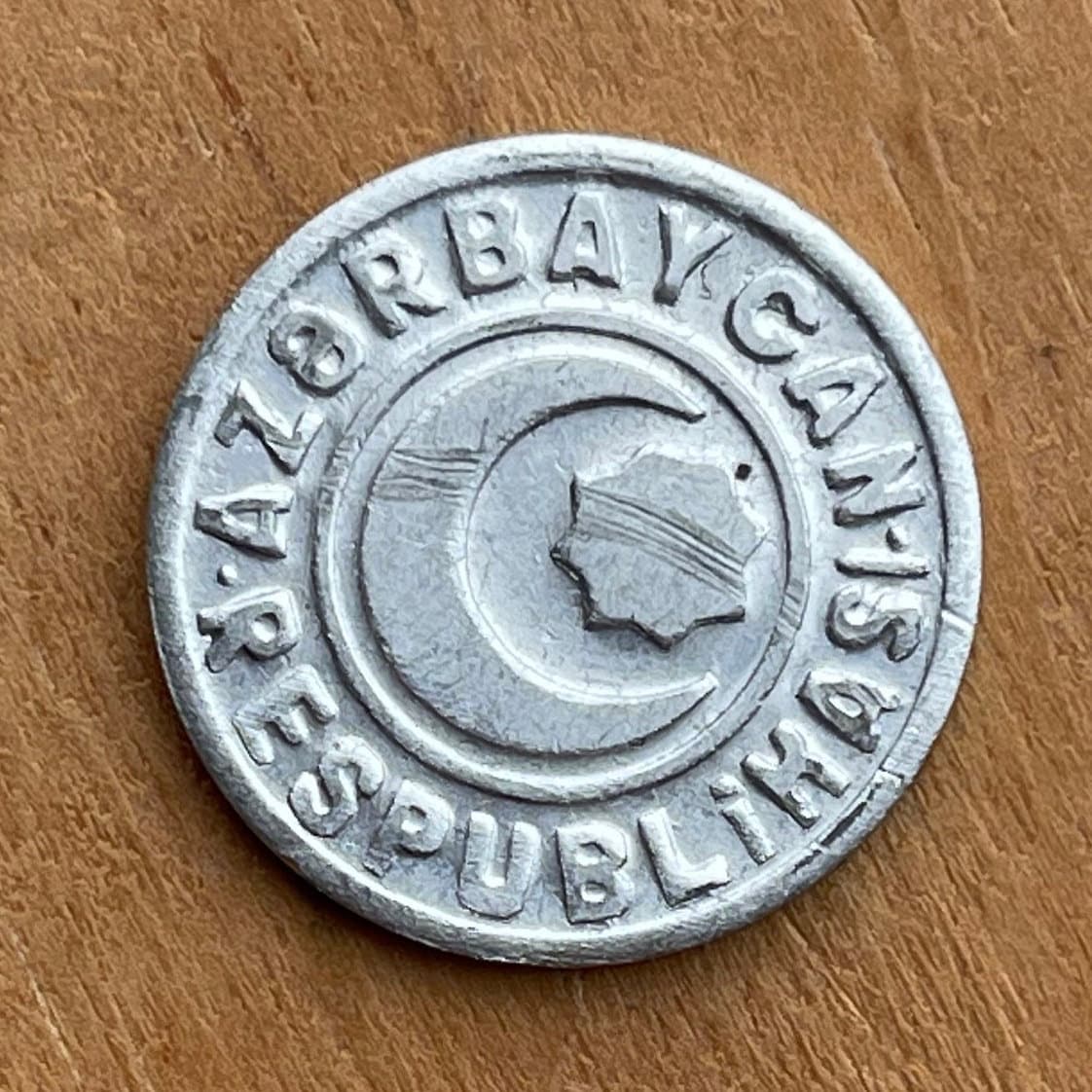
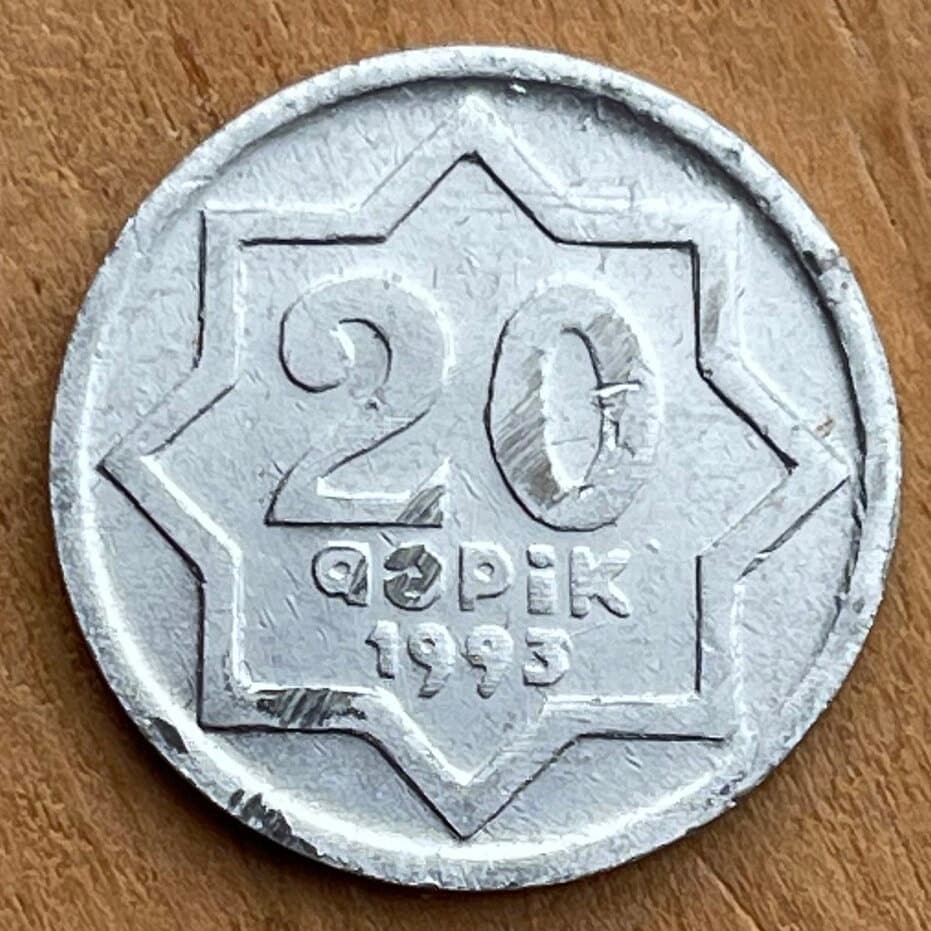
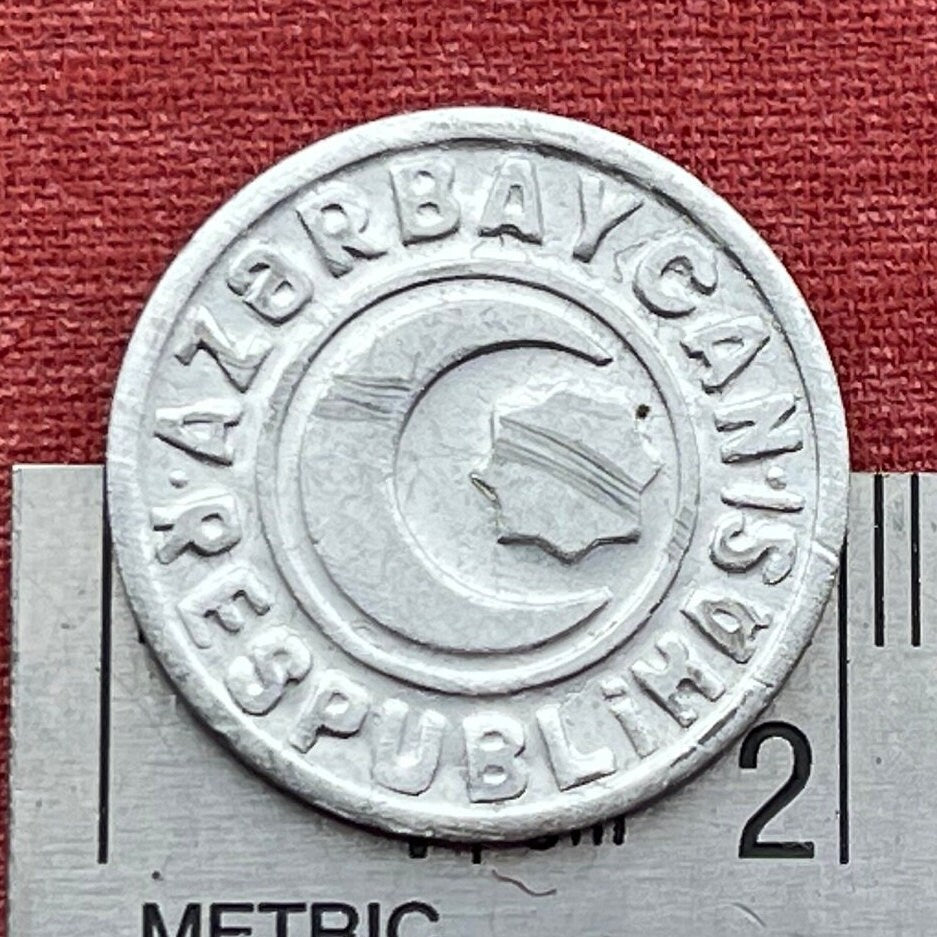
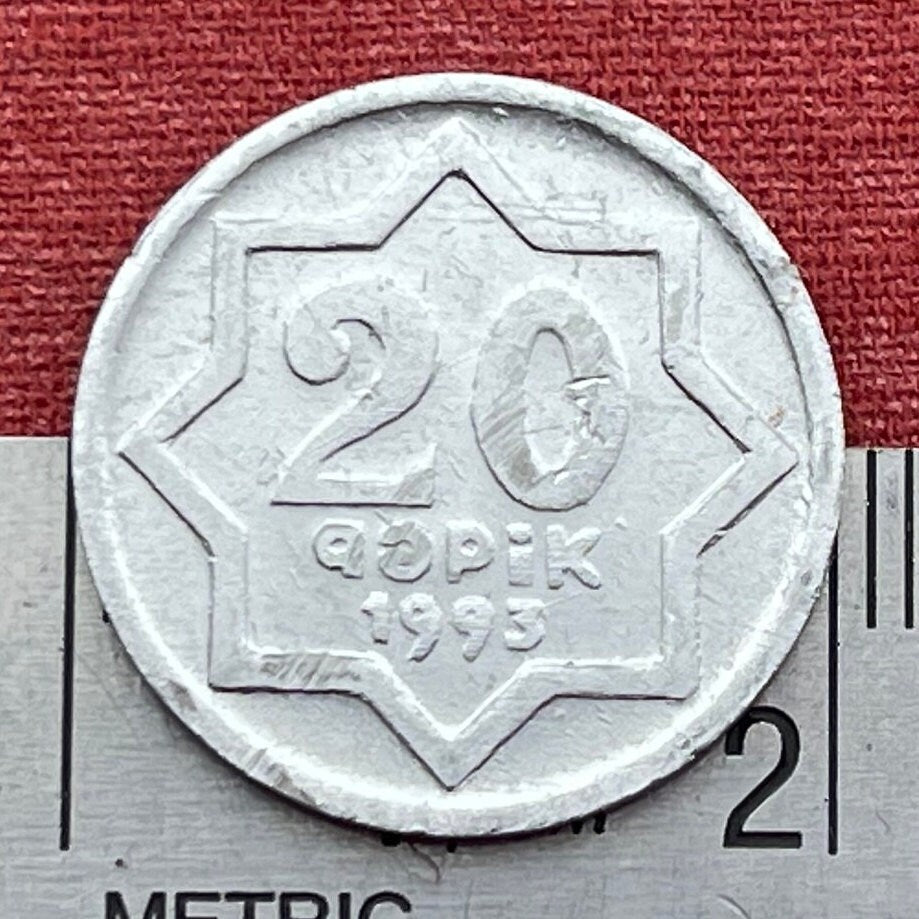
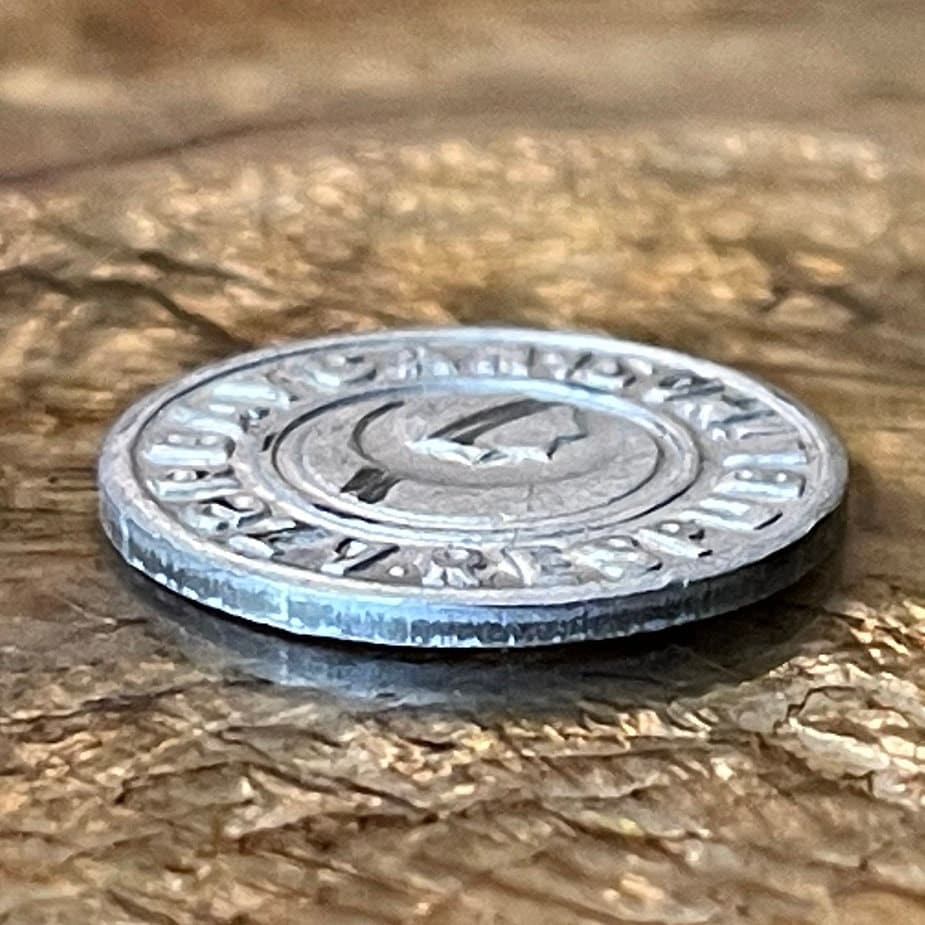
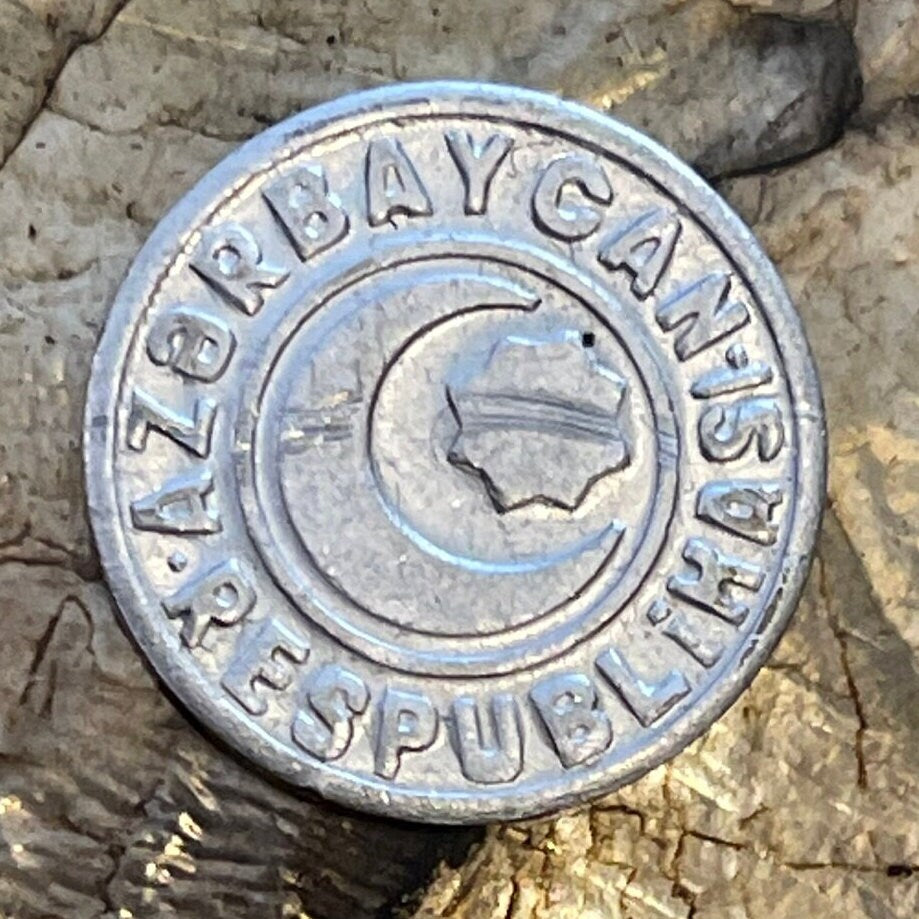
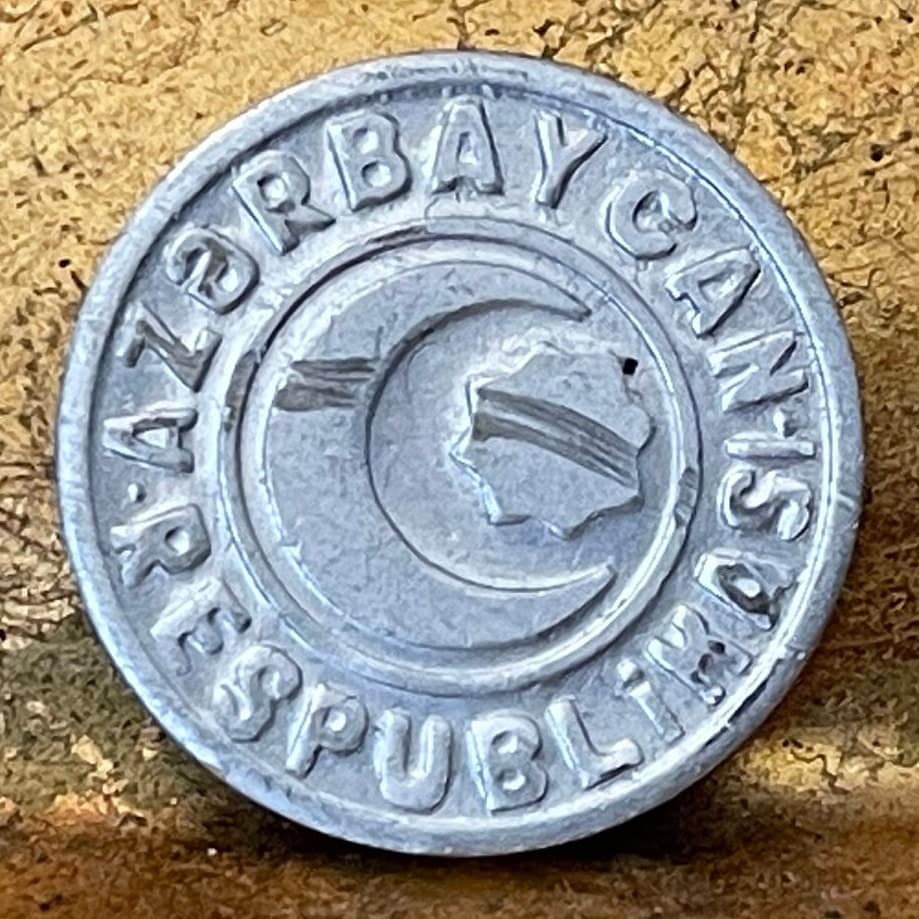
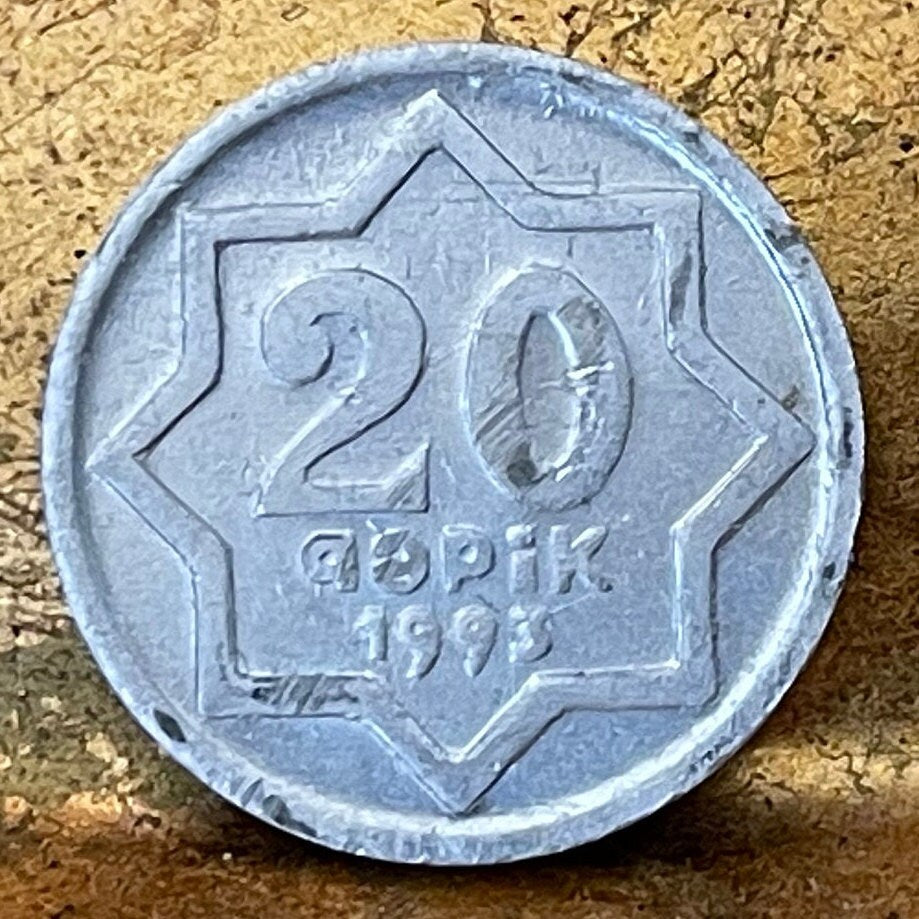
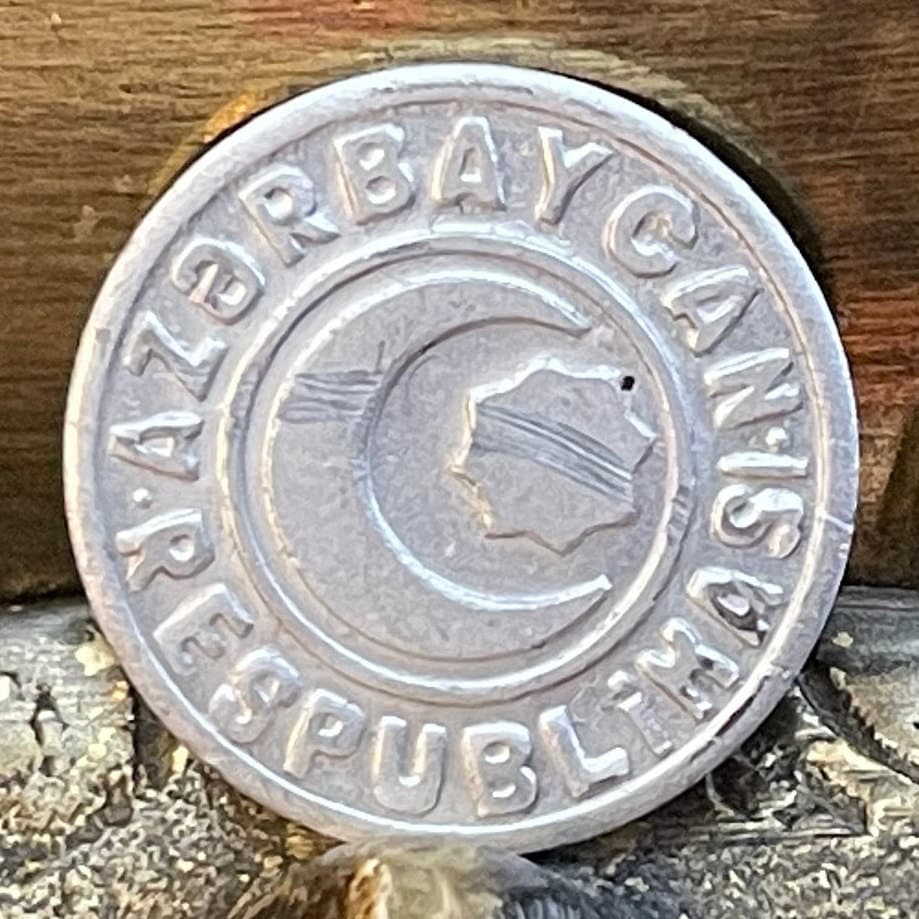
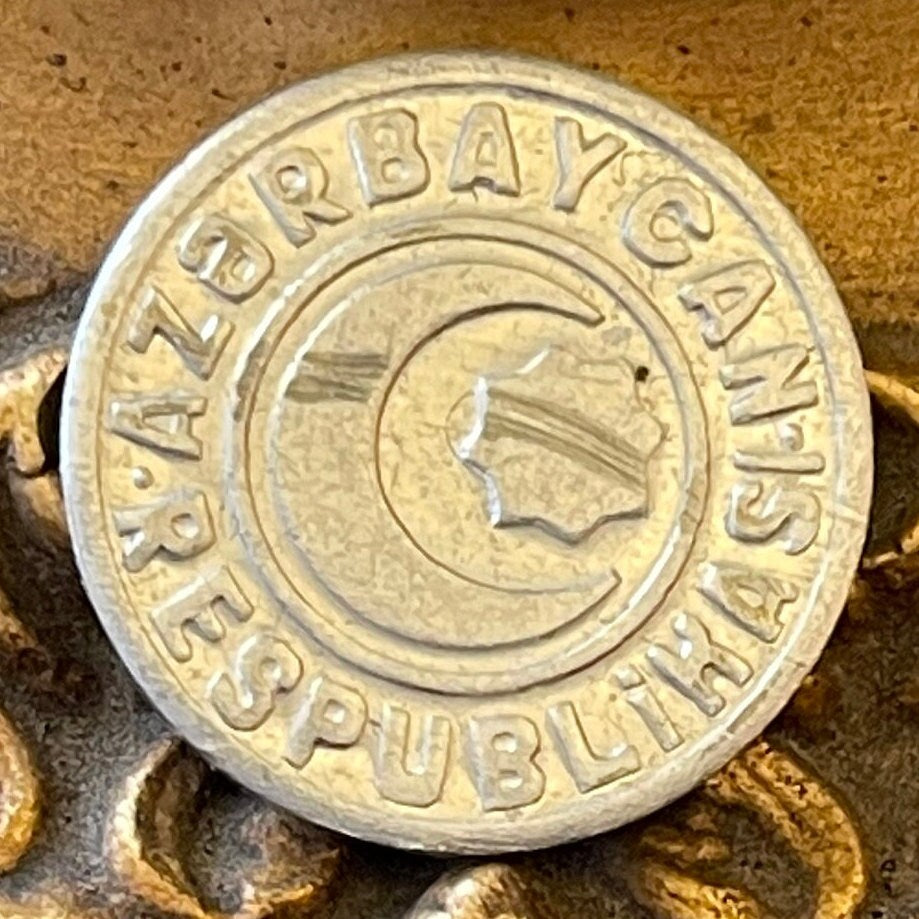
Hard coin to find and nice to add to my collection.
A hard coin to buy.









